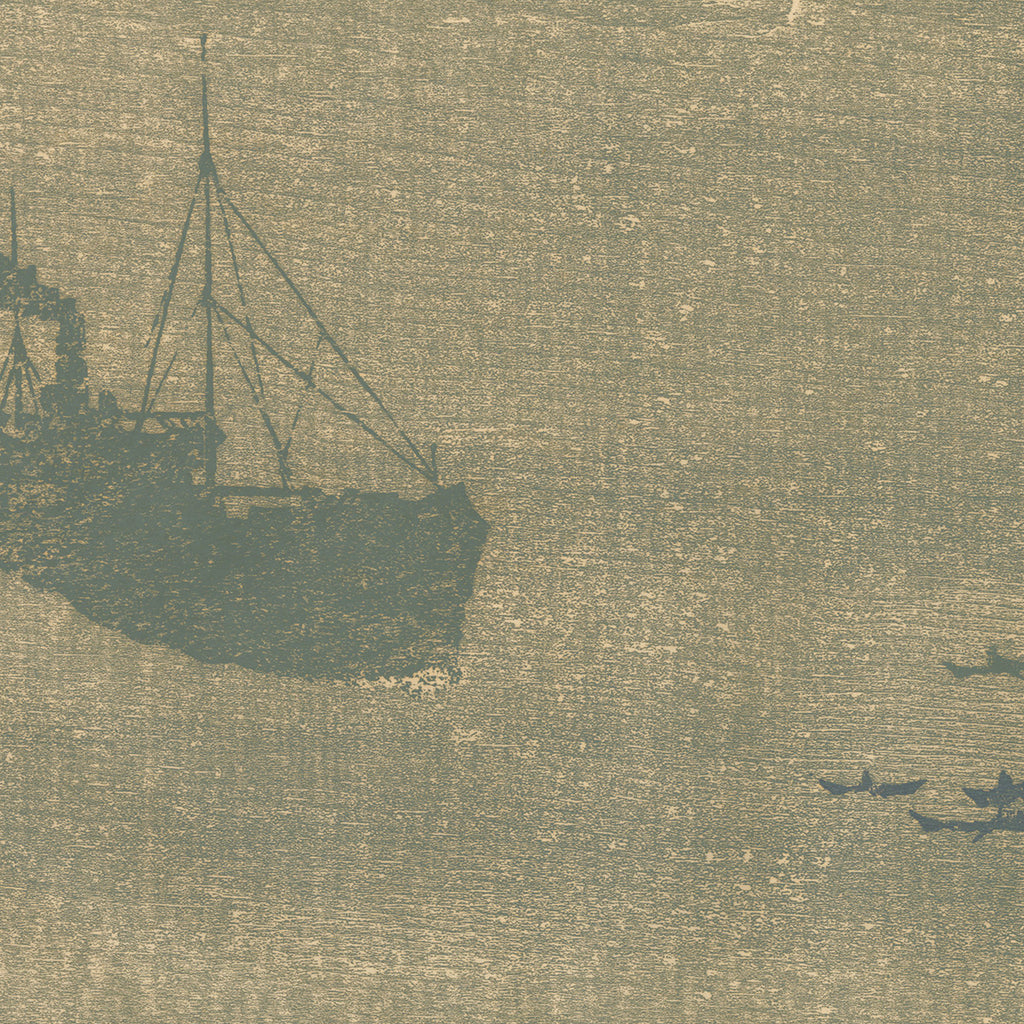 Sold
Sold
View Details
Grand Banks
SHAUB, Paul
Color woodcut printed on Japan paper. Artist’s proof, (aside?) from the edition.Signed, titled, dated, and annotated “207/210 a/p” in pencil.
 Sold
Sold
Color woodcut printed on Japan paper. Artist’s proof, (aside?) from the edition.Signed, titled, dated, and annotated “207/210 a/p” in pencil.
Please sign up for our newsletter
Email: info@armstrongfineart.com
Phone: 773-887-6776
1200 West 35th Street, #186
Chicago, IL 60609
Copyright © 2026 Armstrong Fine Art.
Development by Alo Agency. Powered by Shopify
